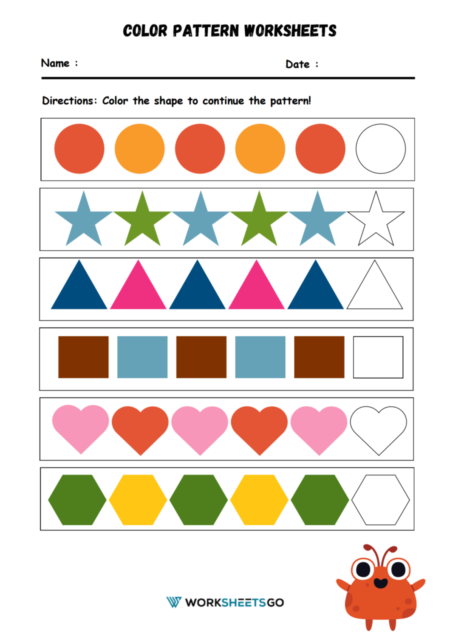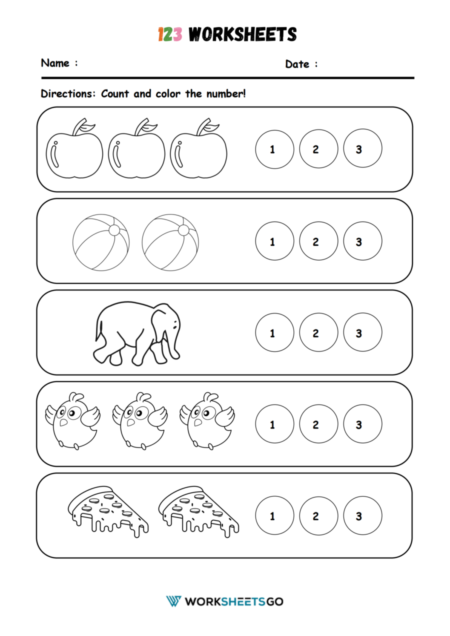Geometry is not just about understanding shapes and sizes, but also about how these shapes can move and change within a space. One of the fundamental concepts in geometry is the translation, a type of transformation that slides a figure from one position to another without altering its shape or orientation.
To help students grasp this concept, worksheets like the one depicted are invaluable. They provide a visual and interactive way to see translations in action. Let’s delve into what a translation entails and how we can describe the transformations seen in the worksheets.
What is a Translation?
A translation is a geometric operation that moves every point of a figure or a shape the same distance in a given direction. In simpler terms, think of it as sliding a shape around on the page without picking it up or turning it.
Understanding the Worksheets
The worksheets show a variety of shapes plotted on a grid. Each shape is labeled with points at the corners, and there is a corresponding shape that has been translated to a new position on the grid.

Answer Key

Translations worksheets are a practical tool for teaching students about geometric movements. By analyzing how shapes are translated across a grid, learners can better understand and visualize the concept of translations. With regular practice, identifying and describing translations becomes intuitive, laying a solid foundation for more complex geometric transformations.







